Spawning season is when fish are most vulnerable, and it can be a great time for anglers. During this time, fish gather in certain locations and can be easily spotted. But remember, this chance to catch them easily comes with the responsibility to fish wisely and respectfully. A question every angler will face: Can you catch fish during spawning season and should you?
In this article, we’ll discuss the science, ethics, and suggestions of fishing during this critical period, along with insights from seasoned anglers.
When Is Spawning Season for Fish?
Let’s first learn when is fish spawning season.
Geographically, spawning seasons and behaviors can vary differently. Knowing the regional differences in spawning patterns for fish can help us decide when, where, and how should we go fishing.
Bass
Bass are among the most popular game fish in North America. Typically, bass spawn in the spring when water temperatures rise above 60°F, with optimal conditions falling between 62°F and 72°F.
In southern states like Florida, bass may start spawning as early as December, taking advantage of warmer waters. In comparison, northern populations typically begin their reproductive activities in late April or May.
During spawning, male bass will create nests by fanning out in shallow, sheltered areas, often near vegetation or rocky structures.
This nesting behavior is critical as it provides a safe environment for the eggs until they hatch. The males are fiercely protective to guard their nests against potential threats, including other fish and anglers.
Trout
Rainbow trout typically spawn between November to February and lay their eggs in gravel-bottomed streams. They need to search for suitable spawning locations where they can create nests(known as redds). These redds are carefully constructed in clean, flowing water.
Brown trout and brook trout are fall spawners, and they create redds in gravel beds in colder streams and rivers.
While, brook trout frequently breed in high-elevation streams, where cooler temperatures and ample oxygen levels support their reproductive needs.
Steelhead
Steelhead fish have a relatively long spawning season, typically from January to April. They are anadromous fish, which means they travel from the ocean to freshwater to reproduce in swift rivers.
Steelhead prefer fast-flowing, shallow sections with water depths of 1 to 4 feet. The ideal spawning habitat includes gravel and small cobbles at the bottom, as these provide a good environment for the eggs.
During the spawning run, steelhead are not actively feeding but may still strike out of instinct or aggression. This behavior makes them a popular target for anglers.
Salmon
Salmon are renowned for their epic migrations, which can span thousands of miles. Different species of salmon have distinct spawning periods. Such as:
- Chinook (King) Salmon spawn in the fall, from September to December, and primarily in rivers of the Pacific Northwest.
- Coho (Silver) Salmon follow suit, spawning later in the fall, favoring smaller tributaries.
- Sockeye Salmon are summer spawners, typically migrating to lake-connected streams.
Salmon typically spawn in freshwater rivers and streams, often in gravel beds. The females dig nests in the gravel to lay their eggs, which males then fertilize. Most Pacific salmon species die after spawning, contributing nutrients to the ecosystem.
Fish Behavior During Spawning Season
How Does Spawning Affect Fish Behavior?
- Aggression & Territoriality: Male bass become highly aggressive and will attack lures that stray too close, giving anglers the best opportunity to catch them. Just like other fish, salmon and trout get really focused on reproducing. They often ignore food during this important time.
- Nesting & Guarding: Male bass will remain close to their nests for days, ensuring the safety of the fry. Similarly, salmon become less active for baits in order to dig redds and create suitable environments for their eggs.
- Feeding Patterns: Before spawning, bass eat a lot to build up their energy. But once they start nesting, they switch to defense mode. This change makes them more challenging to catch during spawning.
What Techniques Work Best for Spawning Fish?
Understanding fish behavioral changes can help us anglers to adapt the techniques for more effective fishing. Here is what we should know:
- Sight Fishing: It is a way to spot fish in their habitats first and then throw the lures to attract them.To find bass in clear, shallow waters, accessories like polarized sunglasses will be helpful. Using slow presentations with soft plastics, such as lizards or crawfish imitations, can attract guarding malefish.
- Stealth & Precision: When targeting trout, it’s essential to avoid wading through redds, as this can disturb and reduce their spawning success. When fishing, we can use lightweight gear to minimize disturbance and maximize the chances of a successful catch.
- Migratory Tactics: For steelhead, it is more effective to target river mouths during their upstream runs. We should consider using spawn sacks or egg patterns to attract these migratory fish.
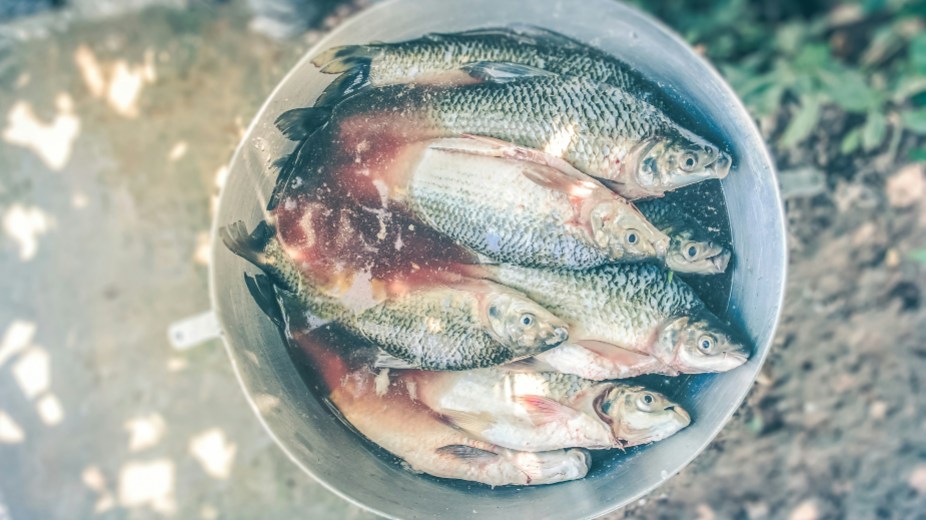
Can You Catch Fish In Spawning Season?
We’ve learned a lot about fish spawning activities and timing. Now, let’s talk about whether it’s a good time to go fishing. In our opinion, there’s no clear answer to this. Nothing is absolute and it all depends on personal thoughts and choices. We cannot really be critical and reprehensive on this issue.
There are indeed pros and cons for spawning fishing. Here are some of the reasons:
Pros
Fishing during spawning season can be beneficial for anglers willing to adapt their strategies. One major advantage is that fish behavior becomes more visible, with spawning beds and redds clearly seen in shallow, sunlit waters. This makes it easier to find the best fishing spots.
The time just before spawning is also great for catching big fish, especially pre-spawn fish that are heavier and bigger. These fish tend to be the largest and strongest, thus anglers may have a chance to land their biggest catches ever.
In addition to the thrill of catching big fish, pawning season offers unique challenges that test an angler’s skills and patience and this will be an exciting fishing experience that many anglers find hard to resist.
Some people also point out that in certain areas, there are regulations on how many fish you can keep. This helps manage populations, as catching larger, overpopulated species can prevent them from growing too quickly and causing issues.
Plus, not all fish spawn at the same time, so you can target other species that aren’t in their spawning phase in the same spot.
Cons
Fishing during the spawning season can be exciting, but it also comes with serious ethical and ecological risks we need to carefully think about. Catching fish during this time can disrupt their behaviors, lower the number of hatchlings, and hurt local fish populations and ecosystems.
This raises ethical questions for many of us. Is it fair to catch fish when they’re focused on survival and reproduction? Is it right to take advantage of their natural instincts when their offspring’s survival is at stake?
There are also legal risks. Many places have rules against fishing in sensitive habitats during spawning. If we ignore these rules, it can lead to fines and hurt conservation efforts aimed at keeping fish populations healthy for the future.
As responsible anglers, we should stay updated on local rules, practice catch-and-release, and avoid wading through spawning areas to minimize our impact.
In the end, deciding to fish during the breeding season should balance personal enjoyment with a responsibility in mind to protect our fisheries, making sure that today’s fishing opportunities do not put future fish populations at risk.
Ethical Considerations and Discussions
Regarding the issue, we have talked to some experienced anglers to share their opinions, and here is what they said:
Community Perspectives
It’s widely accepted that protecting spawning fish is vital for maintaining healthy populations, especially where natural reproduction is essential.
Travis, a fly-fishing guide, “I watched anglers keep limits of brown trout plucked from redds. The banks were littered with eggs. It wasn’t illegal, but it felt wrong,” he reflects. Many anglers share similar feelings when confronted with the reality of fishing during spawning season.
Conversely, some anglers believe it’s more important to focus on where you fish than when.
Scott, a bass pro, argues, “If done responsibly, spawning season fishing doesn’t harm populations. It’s about education, not elimination.” You can say this is reasonable because it won’t be harmful if anglers are well-educated about the impact of their fishing habits and actions.
In addition to individual responsibility, there have been significant successes in conservation efforts by the government. Marine protected areas (MPAs) and habitat restoration projects have shown that regulation can effectively prevent overfishing and revive depleted fish stocks.
All in all, with the efforts of all, we believe it should not be a problem if we all know the necessity of responsible fishing practices to sustain fisheries for future generations.
Ethical Fishing Practices
Fishing during spawning season raises important ethical questions. To minimize harm to fish populations, we should follow ethical fishing practices:
- Catch & Release: When go fishing, we can practice catch and release. We can fish for fun, not for meat. Remember to use barbless hooks to make it easier to remove the hook without causing injury.
- Avoid Redds: It’s crucial to stay away from spawning areas to prevent accidents. Wading through these areas can lead to significant damage, affecting future fish populations.
- Respect Rules: Many regions regulate fishing season dates and rules to protect spawning stocks. Even if these regulations are not actively enforced, it’s vital to consciously adhere to them to support conservation efforts.
Conclusion
Fishing during spawning season is a privilege, not a right. While the thrill of sight-fishing a trophy bass is unmatched, it requires careful consideration and mindfulness. Follow local regulations, handle fish with care, and remember: today’s spawners are tomorrow’s fisheries.
Have you faced an ethical dilemma while fishing during the spawn? Share your story below—let’s learn from each other.


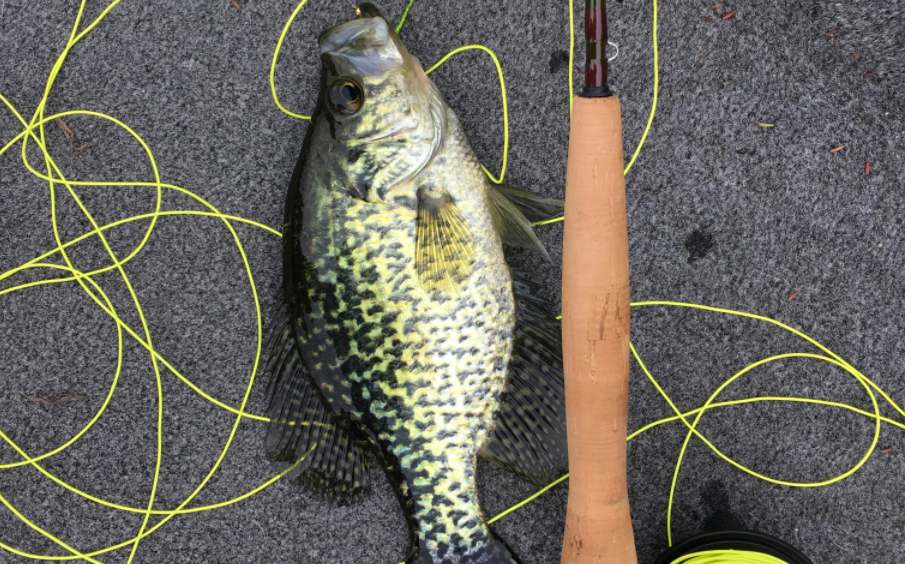
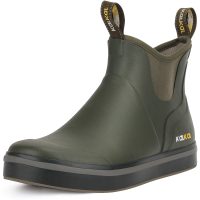
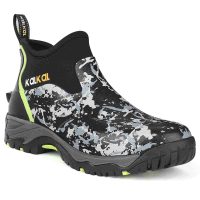

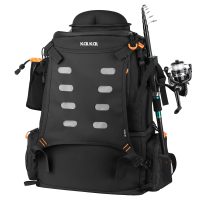

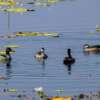


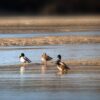
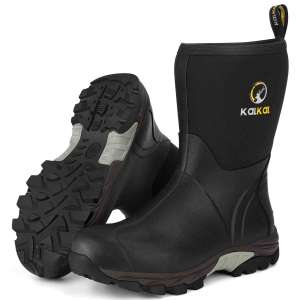
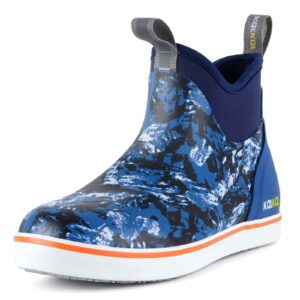

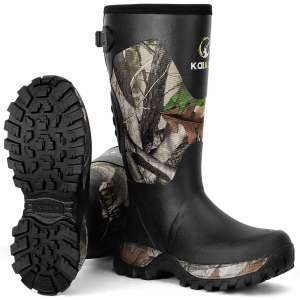
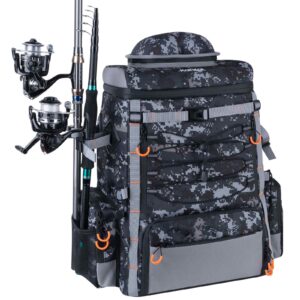


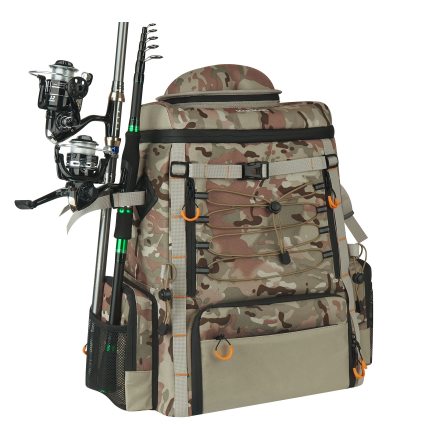
Leave a reply